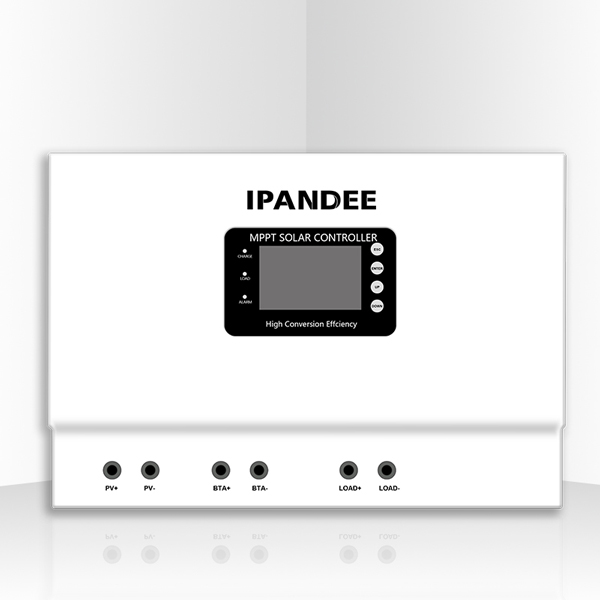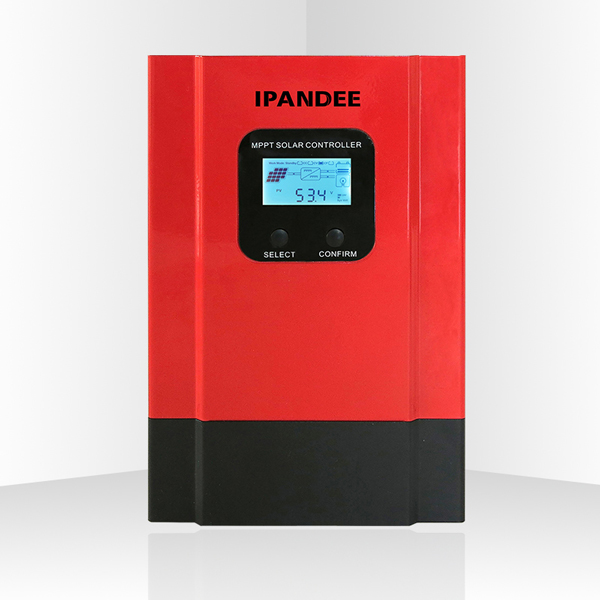Photovoltaic inverters are the core components of photovoltaic power generation systems, and MPPT technology is the core technology of photovoltaic inverters. So, what is photovoltaic MPPT?
The Maximum Power Point Tracking (MPPT) system is a type of electrical system that can effectively store the DC power generated by solar panels into batteries by adjusting the working status of the electrical modules, allowing regions without conventional power supply, such as remote areas and tourist attractions, to access electricity for life and industrial uses without causing environmental pollution.
The MPPT controller can detect the power generation voltage of solar panels in real-time and track the maximum voltage and current values (VI) to charge the battery with maximum power output. It is the brain of a photovoltaic system, coordinating the operation of solar panels, batteries, and loads.
The role of MPPT controller
The role of MPPT can be summarized in one sentence: the output power of a photovoltaic cell is related to the working voltage of the MPPT controller. Only when it works at the most appropriate voltage can its output power have a unique maximum value.
Due to external factors such as light intensity and environment, the output power of solar cells varies. A photovoltaic inverter with MPPT is designed to make full use of solar cells by operating them at their maximum power point. In other words, in the case of constant solar radiation, the output power of a system with MPPT will be higher than that without MPPT.
The principle of MPPT controller
MPPT control is generally accomplished through DC/DC conversion circuits. The photovoltaic cell array is connected to the load through a DC/DC circuit. The maximum power tracking device continuously detects the current and voltage changes of the photovoltaic array and adjusts the PWM drive signal duty cycle of the DC/DC converter based on the changes.
For linear circuits, when the load resistance equals the source impedance, the source has maximum power output. Although photovoltaic cells and DC/DC conversion circuits are highly nonlinear, they can be considered linear circuits over a very short period of time. Therefore, by adjusting the equivalent resistance of the DC-DC conversion circuit to make it continuously equal to the internal resistance of the photovoltaic cell, the maximum output of the photovoltaic cell can be achieved, and the MPPT of the photovoltaic cell is also achieved.
In summary, the MPPT controller will continuously track the maximum power point in the solar panel to bring out the maximum efficiency of the solar panel. The higher the voltage, the more electricity can be outputted through maximum power tracking, thus improving the charging efficiency. In this sense, the MPPT solar charge and discharge controller is bound to eventually replace traditional solar controllers.
 English
English  한국어
한국어  français
français  Deutsch
Deutsch  Español
Español  italiano
italiano  русский
русский  português
português  العربية
العربية  tiếng việt
tiếng việt  ไทย
ไทย  Polska
Polska  中文
中文







